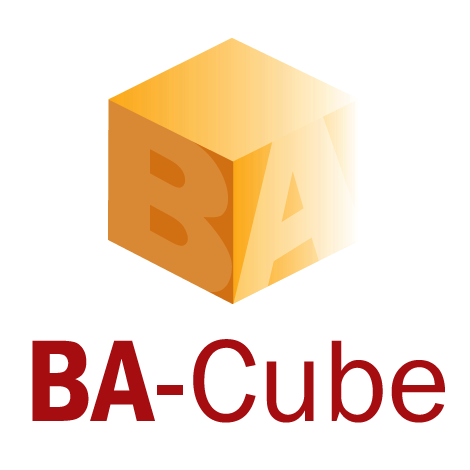Decision Model Traps to Avoid Copy
Decision Tables are a great technique, and I am guessing you are seeing this and excited to practice them on your projects!
Here are a few common traps and challenges that you may run into when practicing:
- Not keeping the inside boxes a binary Yes/No
- What can happen here if you give into this temptation is that you loose track of the control over truly knowing how many scenarios there really are. This creates analysis gaps, as well as programming and testing gaps, then resulting in defects. So, do your best to avoid anything except a binary value. You may need to change up how you define the conditions or result to make it work.
- Too many conditions
- 3 is ideal, 4 starts to get messy, and beyond 4 conditions it becomes hard for stakeholders and yourself to digest it and keep it straight.
- Break complex logic with more than 3 conditions into multiple tables.
- For example: A single condition of “Meets eligibility criteria” in one table, can be the result of 3 other conditions in a child table.
- You can have as many parent/child tables as you need.
- Keeping track of and reviewing many 3 condition tables is so much easier than 1 table with thousands of rows!
- Knowing what to review and co-create
- You analyze and define the conditions, and result at the top. Then fill in the yes/no combinations. Have your business SME or business owner tell you what the result is for each row!
- If you have more than one stakeholder who can decide on the result for each row, create the table on a whiteboard, or project it onto a whiteboard and ask them to use sticky notes to complete the result for each. Look for rows where stakeholders have different answers and discuss. Give action items to stakeholders when they can’t agree on what the result is, or do not know what the result should be.
Next, take some time to review the course progress and revisit any remaining items to mark as complete or revisit concepts!
